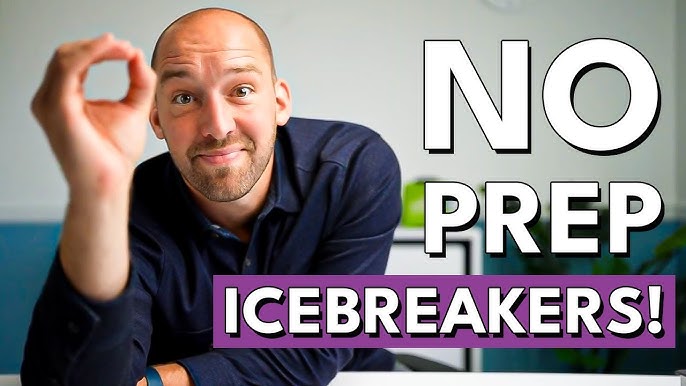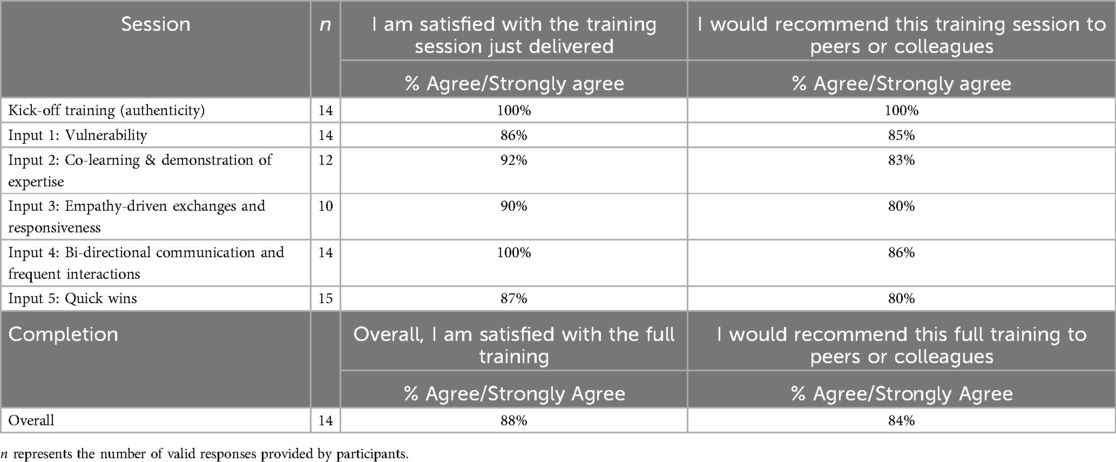How to Build Trust During Training: A Comprehensive Guide

Building trust during training sessions is essential for effective learning and development. Trust fosters open communication, encourages participation, and creates a positive environment where trainees feel valued and motivated. This article explores practical strategies to build trust, supported by examples, tables, and FAQs.
Why Is Trust Important in Training?

Trust is the foundation of any successful training program. When trainees trust their trainers and the process, they are more likely to engage actively, absorb information, and apply new skills confidently.
| Benefits of Trust in Training | Description |
|---|---|
| Enhanced Engagement | Trainees participate more actively in sessions. |
| Improved Retention | Information is better remembered and applied. |
| Positive Learning Environment | Encourages openness and reduces anxiety. |
Key Strategies to Build Trust

1. Establish Clear Communication

- Set expectations early.
- Use transparent language.
- Encourage questions and feedback.
2. Demonstrate Competence and Credibility
- Share your expertise and experience.
- Provide evidence-based information.
- Be honest about limitations.
3. Show Empathy and Respect
- Listen actively to trainees’ concerns.
- Acknowledge different learning styles.
- Create an inclusive atmosphere.
4. Be Consistent and Reliable
- Follow through on promises.
- Maintain punctuality and preparedness.
- Provide consistent feedback.
5. Foster Interaction and Collaboration
- Use group activities and discussions.
- Encourage peer support.
- Build a community feeling.
Practical Tips for Trainers
- Start sessions with icebreakers to build rapport.
- Use real-life examples to connect theory with practice.
- Provide regular check-ins to address concerns.
- Use positive reinforcement to motivate learners.
Frequently Asked Questions (FAQ)
Q1: How long does it take to build trust in training?
A1: Building trust varies depending on the group and context but generally develops over multiple sessions through consistent behavior.
Q2: What if trainees are resistant or skeptical?
A2: Address concerns openly, validate feelings, and demonstrate your commitment through actions.
Q3: Can technology help build trust?
A3: Yes, tools like video conferencing and interactive platforms can enhance transparency and engagement.
Conclusion
Building trust during training is a dynamic process that requires intentional effort and genuine interaction. By applying these strategies, trainers can create a supportive learning environment that maximizes trainee success and satisfaction.
Would you like me to help refine the tone or add more examples to this article?
